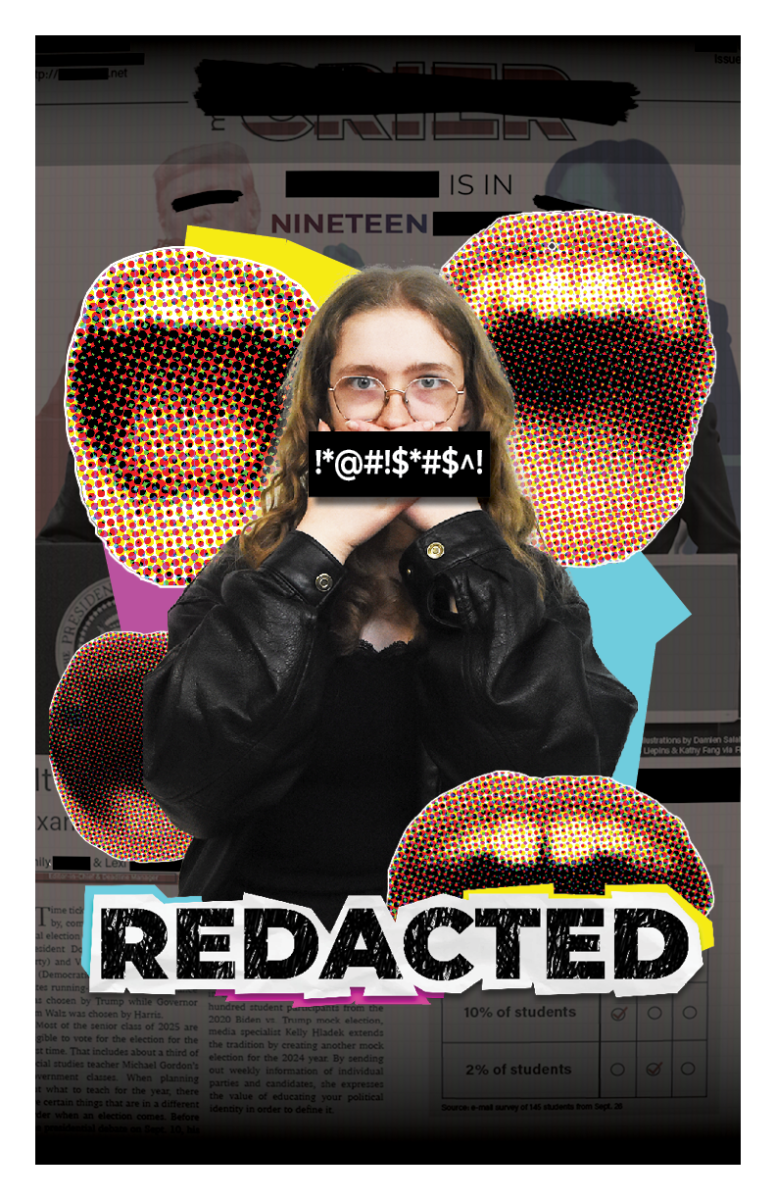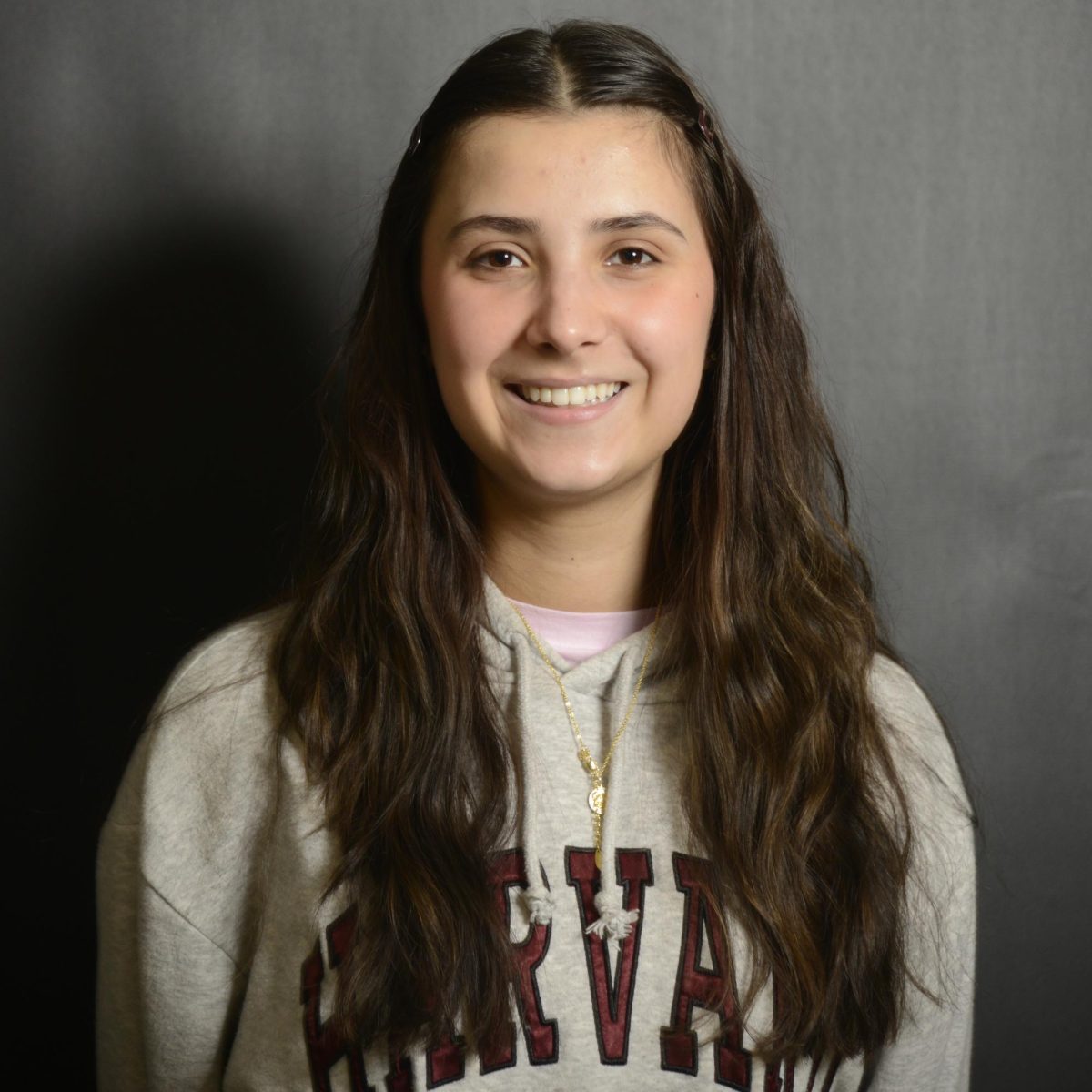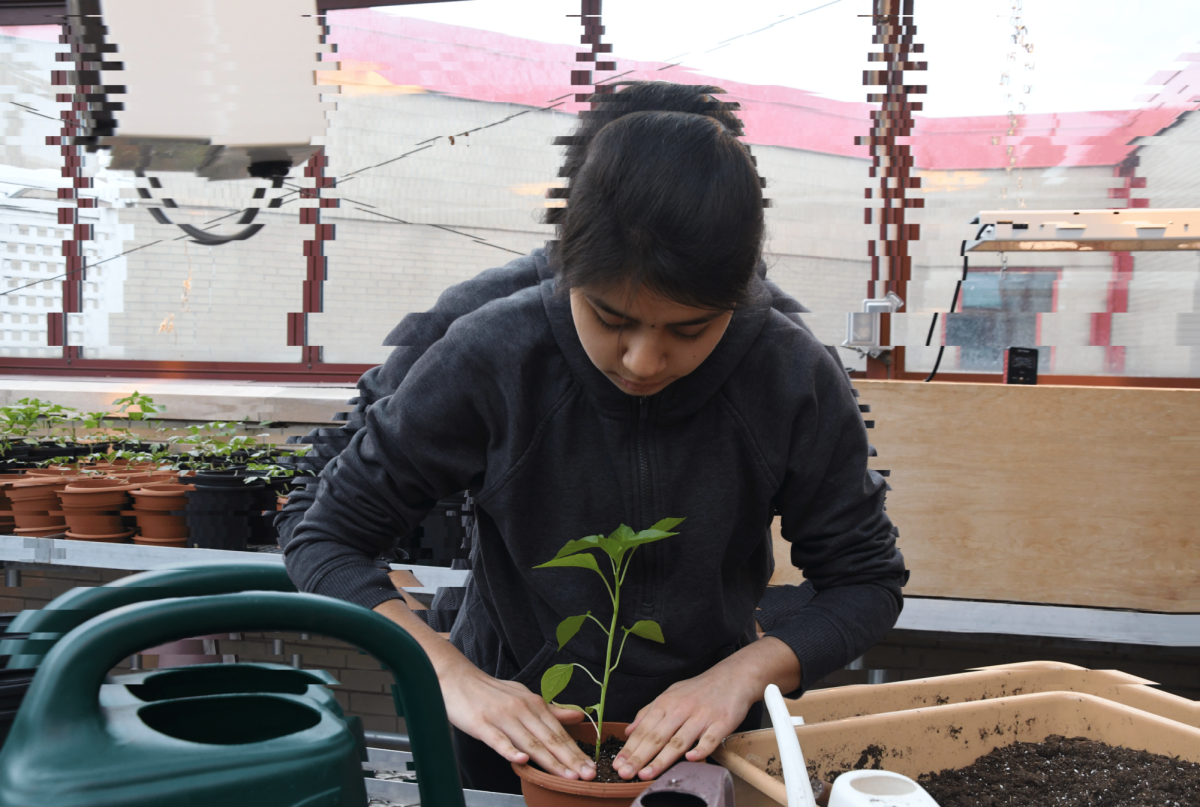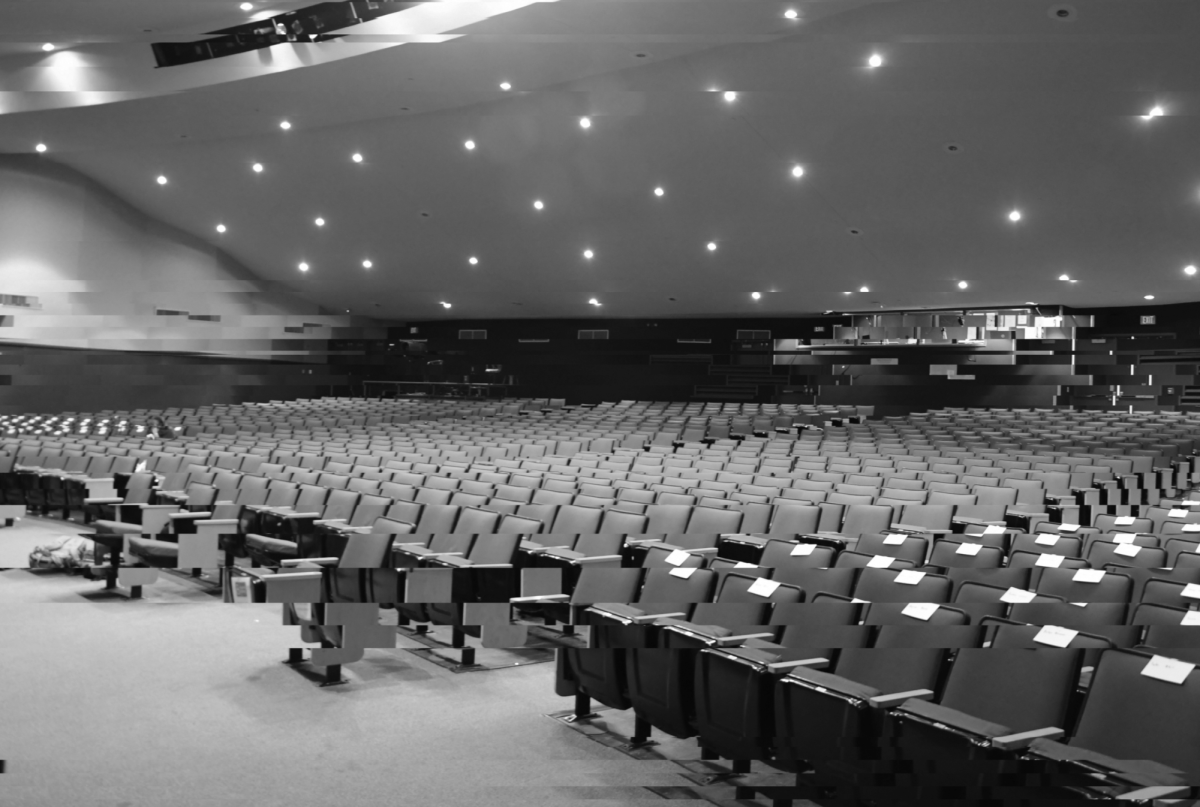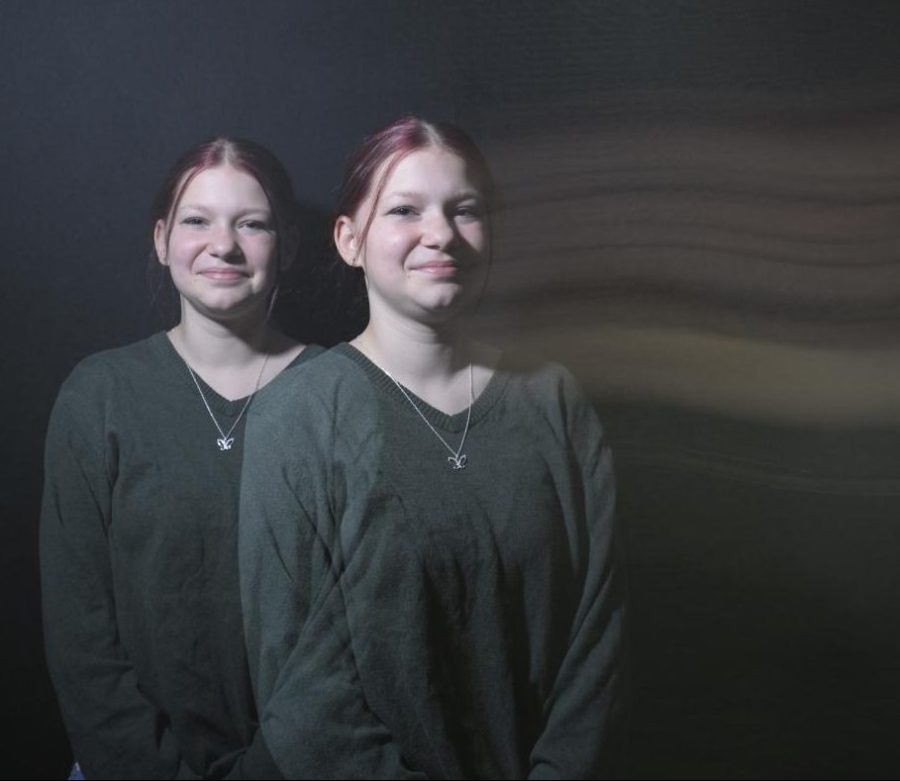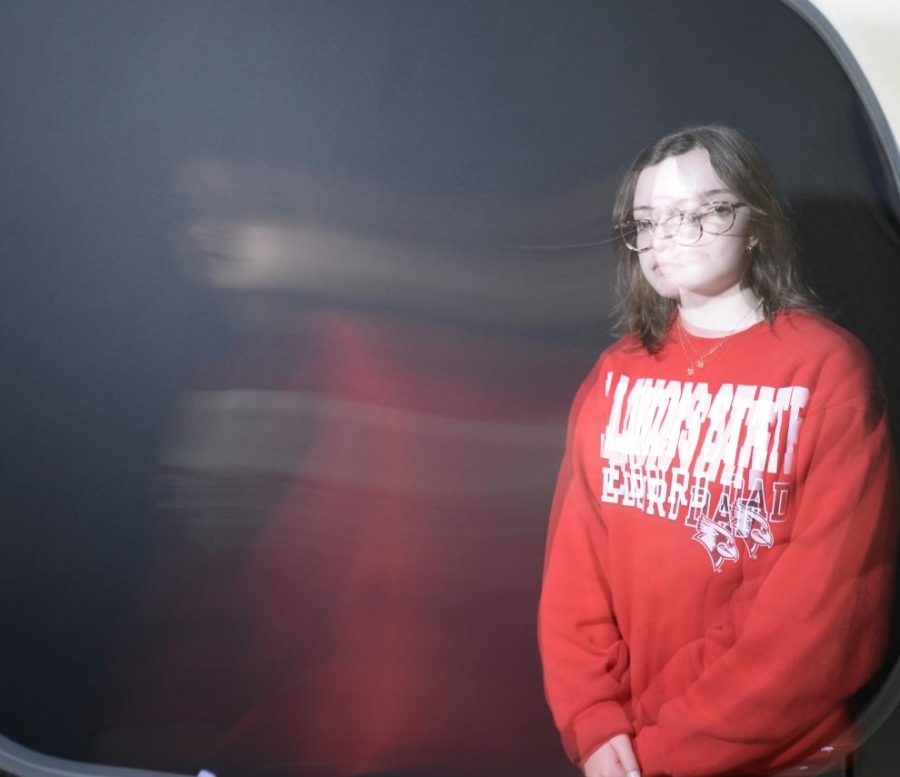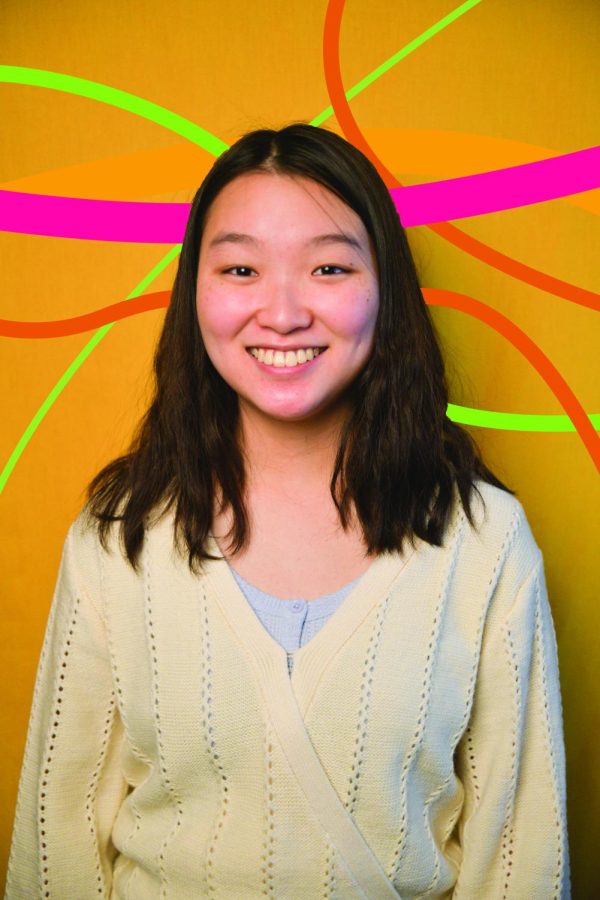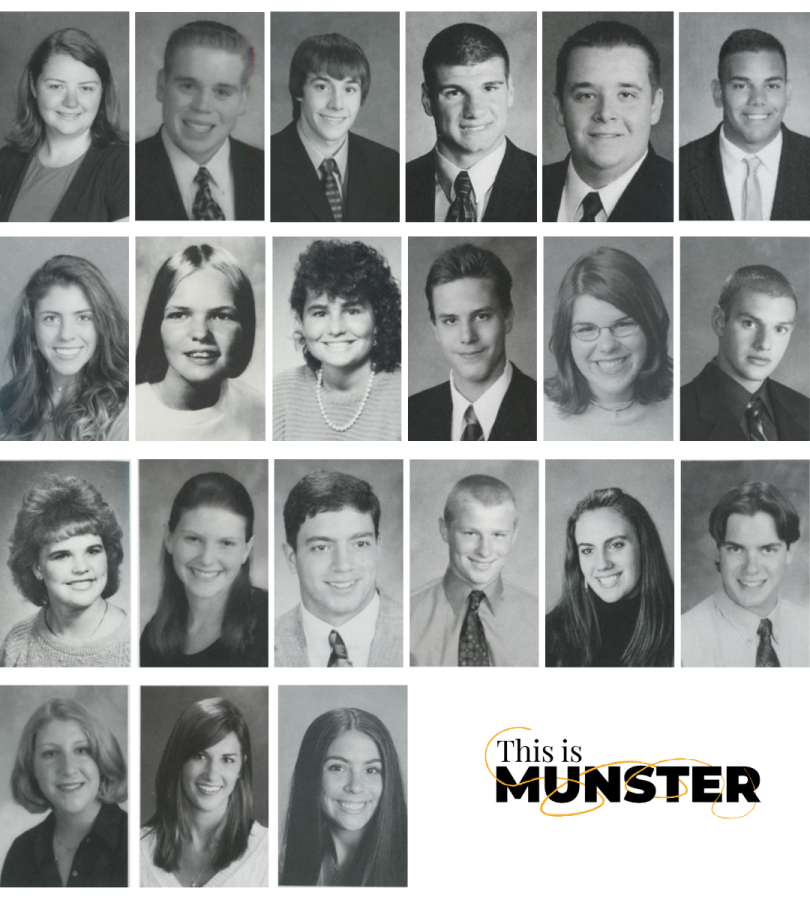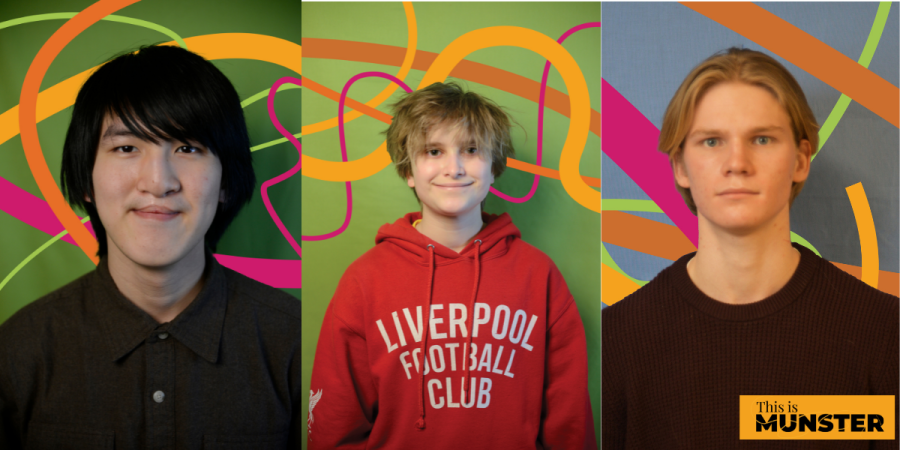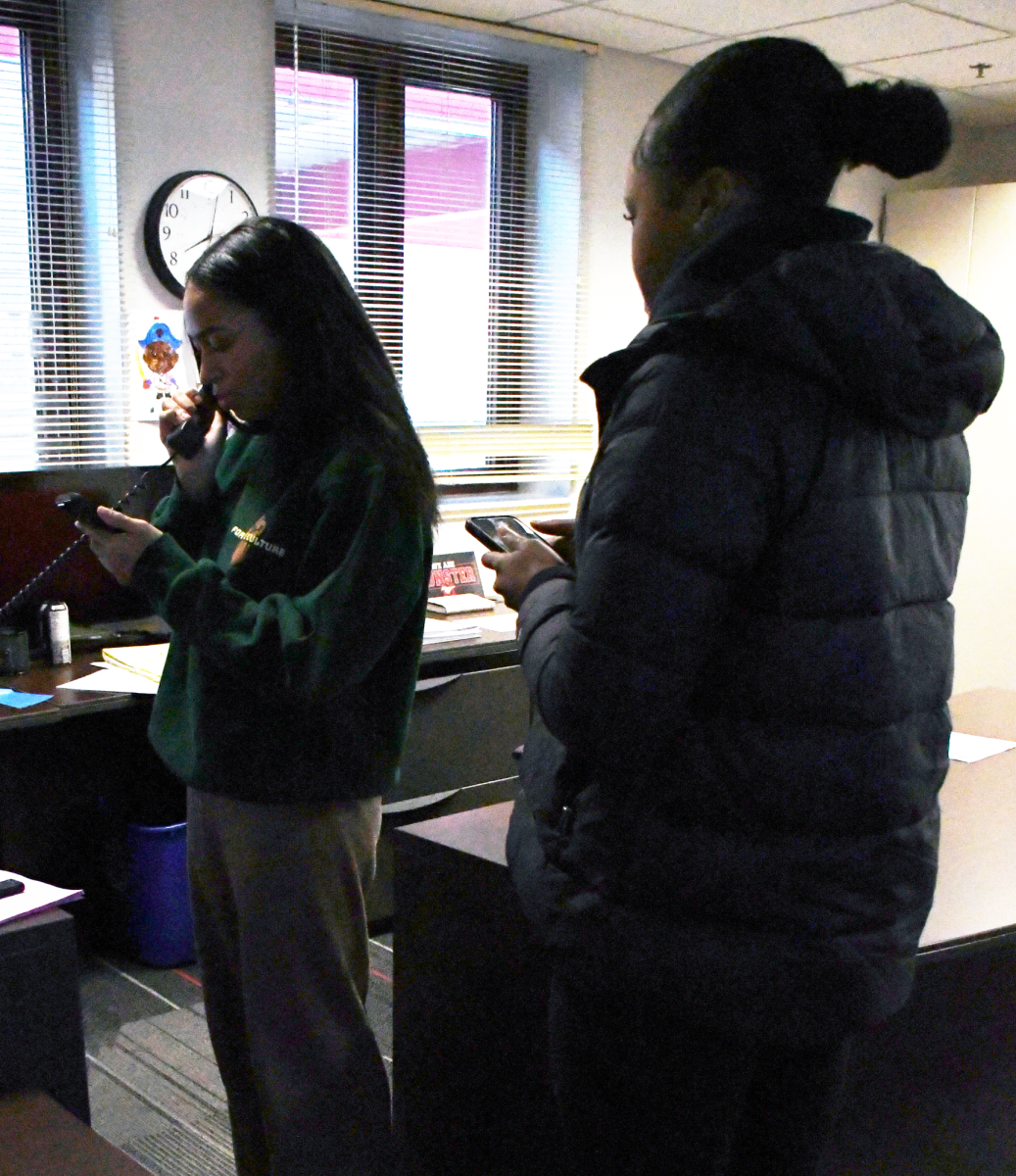Whether it be from the studios or the laboratories, the female students and presidents of our school pose the question: How can we create a platform for the female student population and curate opportunity? For robotics president Anastasia Savic, this was the leading question that drove the October Women’s Round Table.
“This last round table that was earlier in the year was focused on how to engage all students, especially girls, in fields like STEM that they may not be fit for yet,” Savic said. “It came out from our round table talk that many girls interested in STEM lose interest very early on in their childhood because they are not exposed to it enough. This same concept is applied to males who may lose interest in fields such as fashion or art, and it starts at a very early age.”
Over the course of her presidency, Savic’s reflection on the exposure, of lack thereof, can shape the demographic of gender representation in not only STEM but a spectrum of creative liberties. As one of the original members in support of founding president Juliette Dixon, senior and current Fashion Club president Teodora Svilar sees fashion as more than a female-dominated industry, but rather an ever-evolving platform to reflect a powerful medium of expression.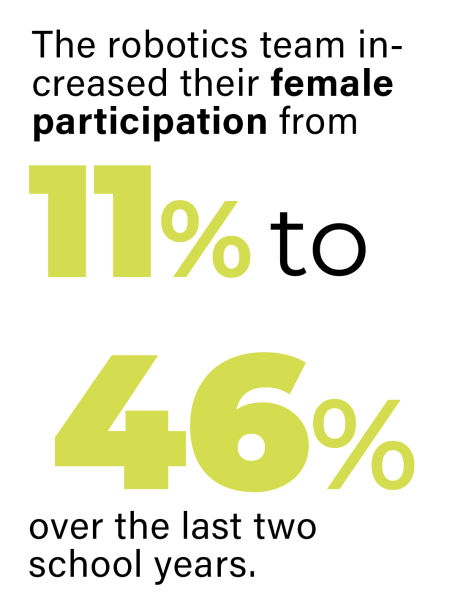
“Fashion has always represented the suppression that women have faced for years, and I think in the last century fashion has been a way that women have been able to explore their freedom and speak up for themselves,” Svilar said. “Women use fashion now to not only dress up for themselves to feel good, but also send a message to society that they cannot control us.”
Junior Rhea Bathla, who presented at one of robotics first Women’s Round Tables last school year, utilizes both her experience in the STEM field and her current position as Debate Secretary to advocate for female representation in the industry.
“I believe that it’s important to continue spreading the word about females and their mental health in the STEM field,” Bathla said. “These issues are often overlooked and not addressed as often as they should be. Several people are trying to work hard enough, especially women, to be seen in the STEM field, and that can be draining for many. I hope with my advocacy efforts, I can help others to be more vocal about their mental health problems and help women to feel heard in the STEM community.”
“I think supporting and encouraging young women starts with having an environment where every student feels comfortable to ask questions and share ideas,” student body president Annie Fuller said. “Creating a space where everyone can have their voice heard—promoting discussion, not debate — is key. When it comes specifically to young women in leadership positions, listening is a simple yet powerful support. Many young people are not always taken seriously because of their age, but I think that there’s a lot to be said if we all took the time to hear as much as we speak.”
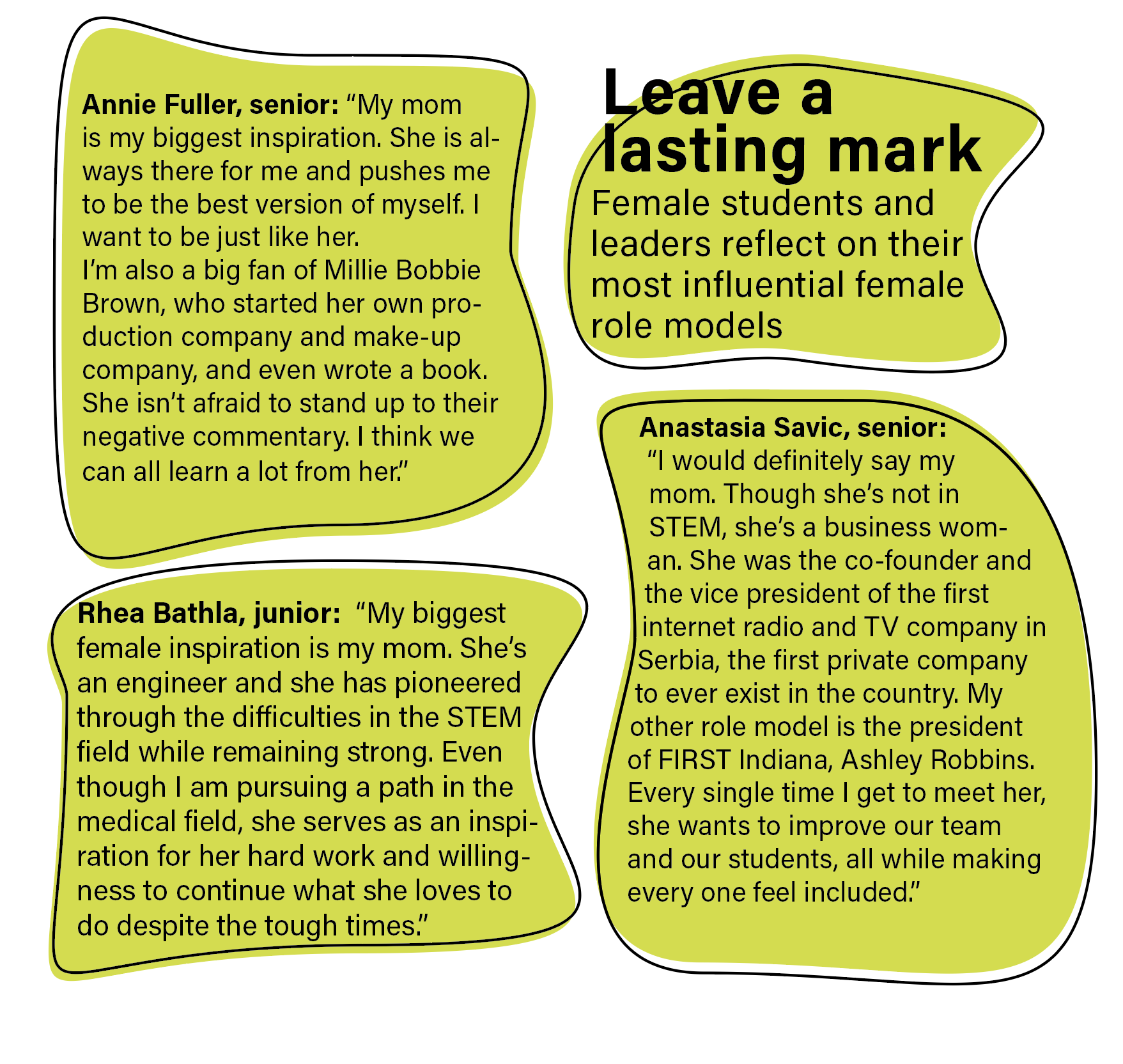



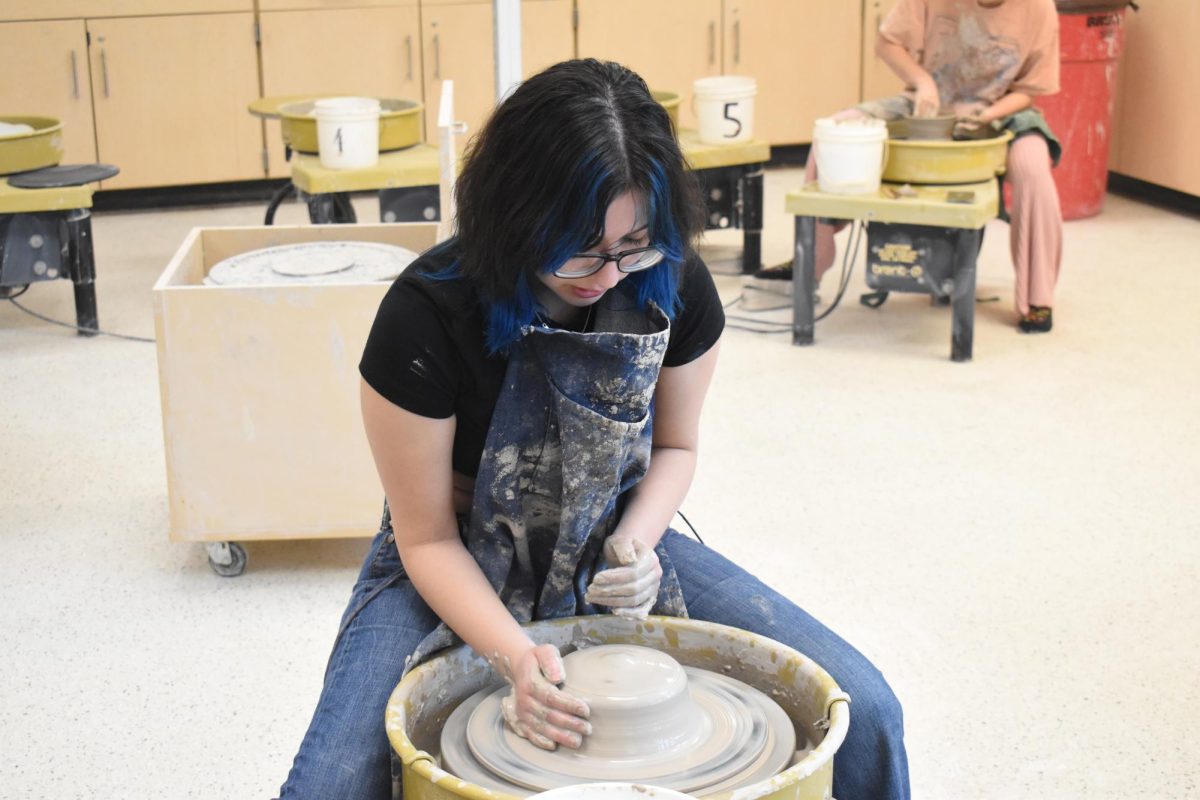
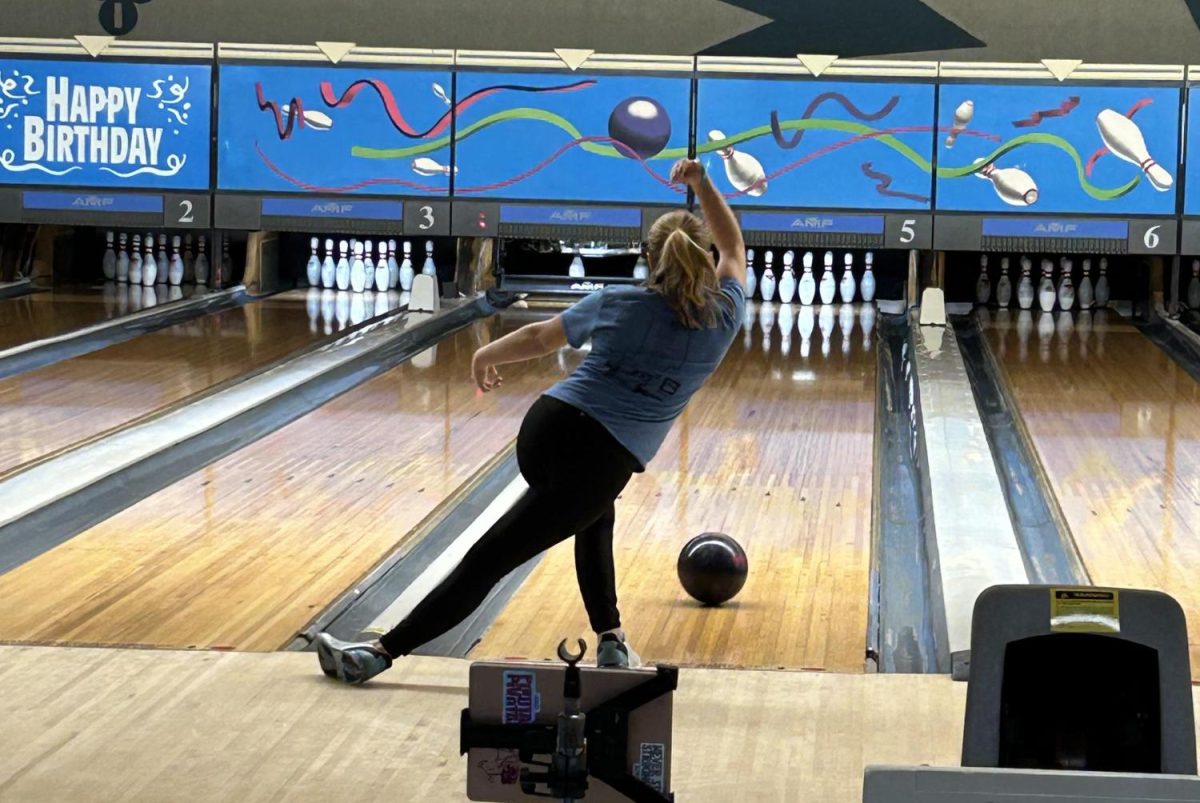
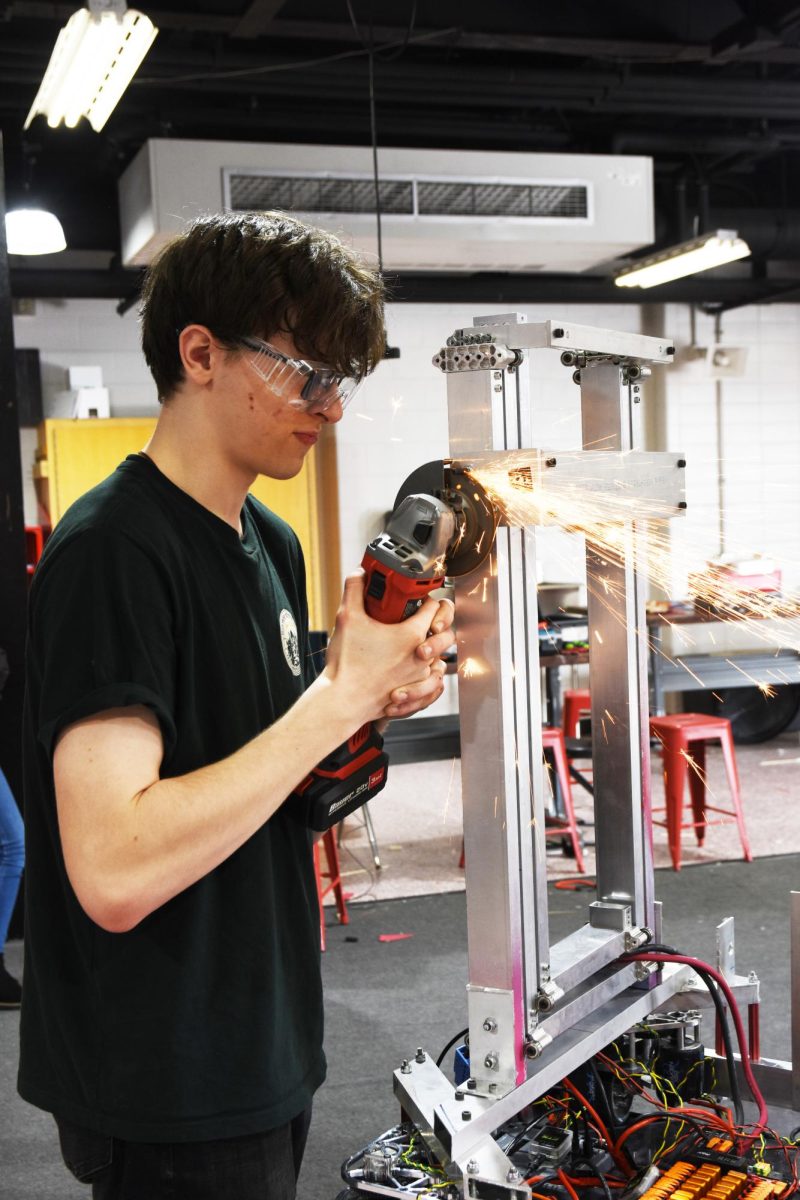




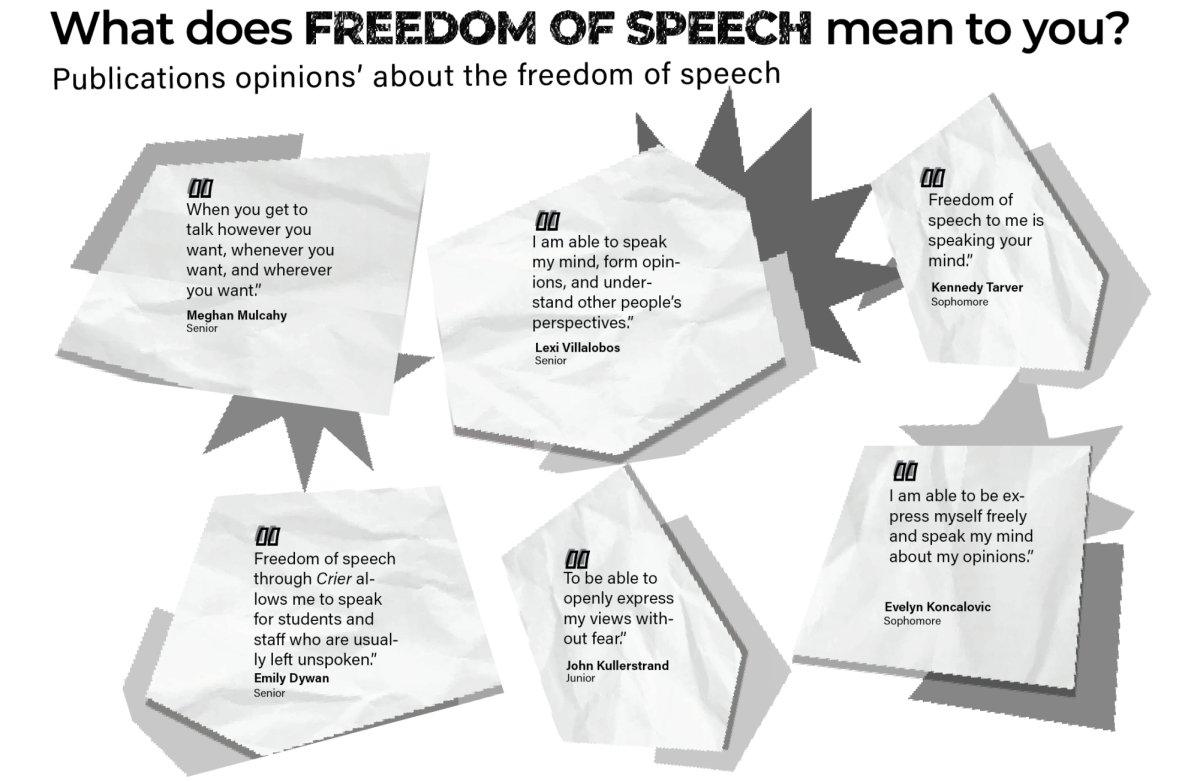

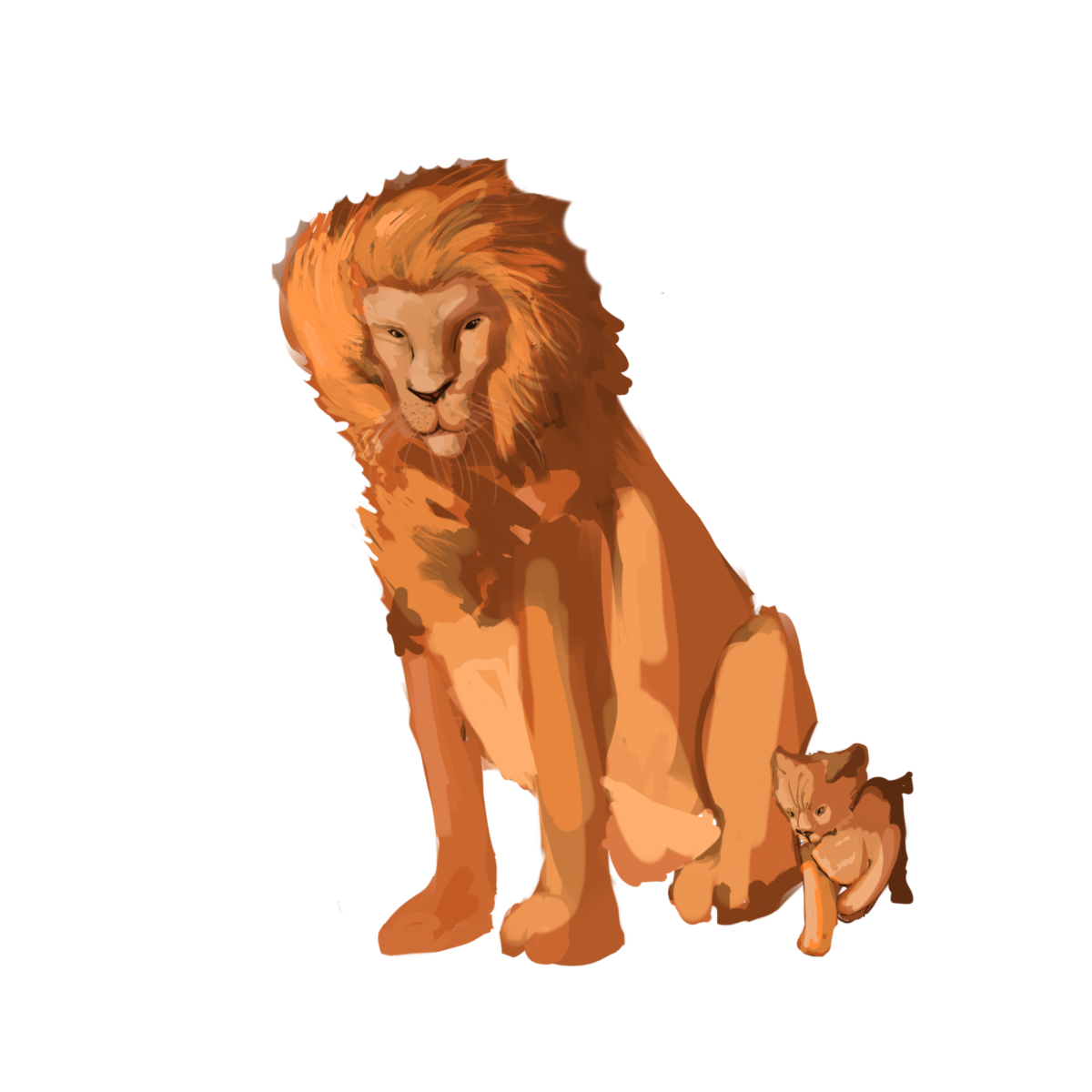

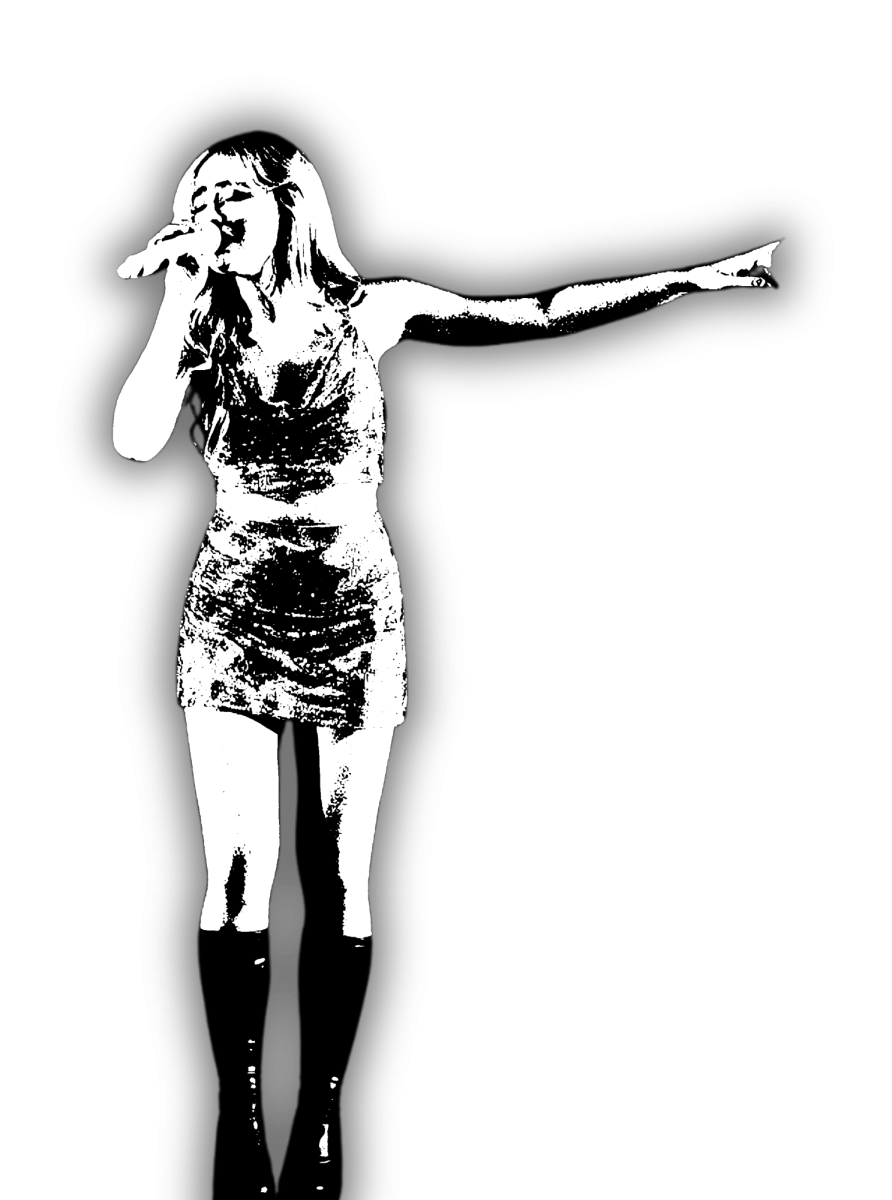

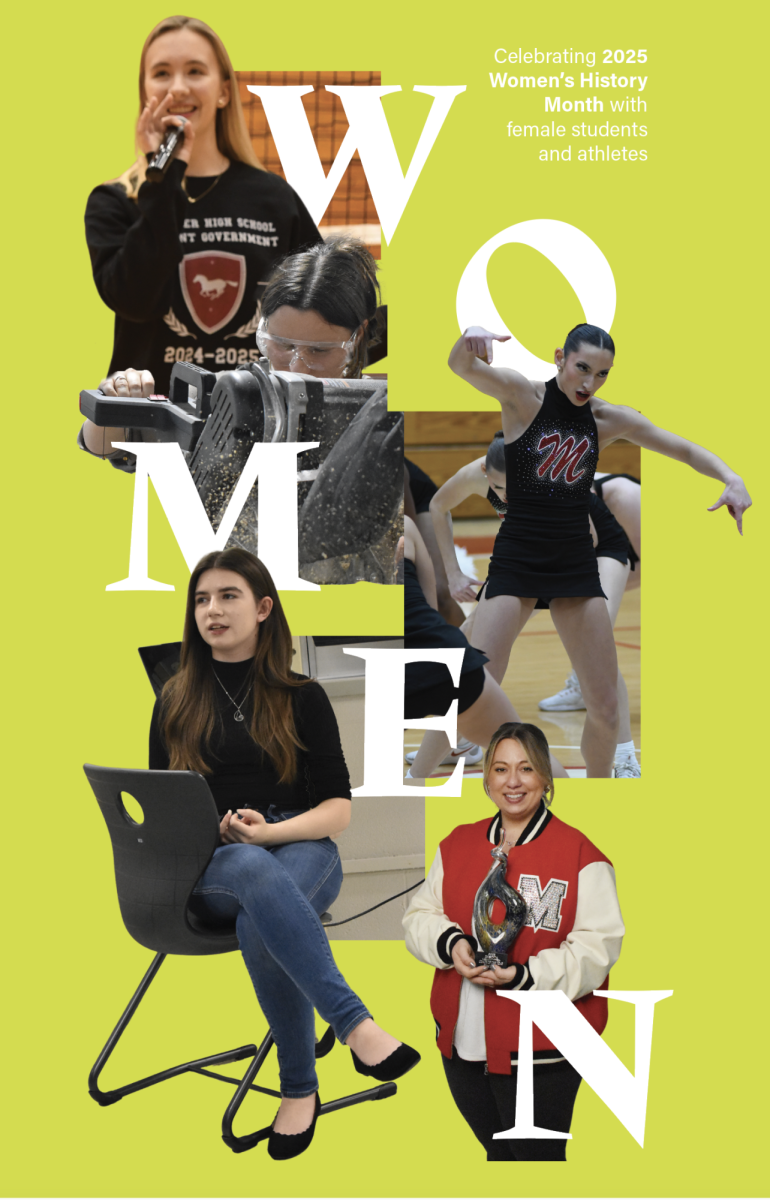
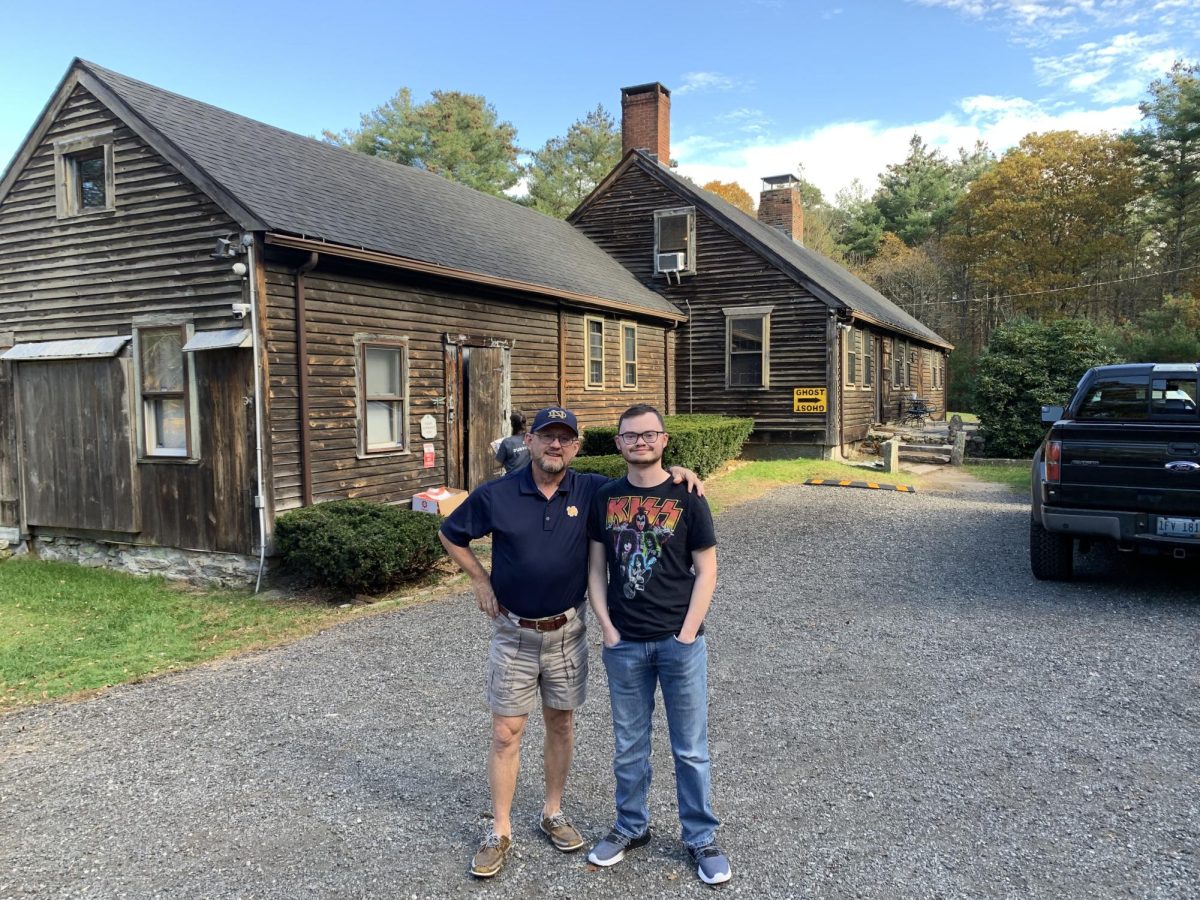
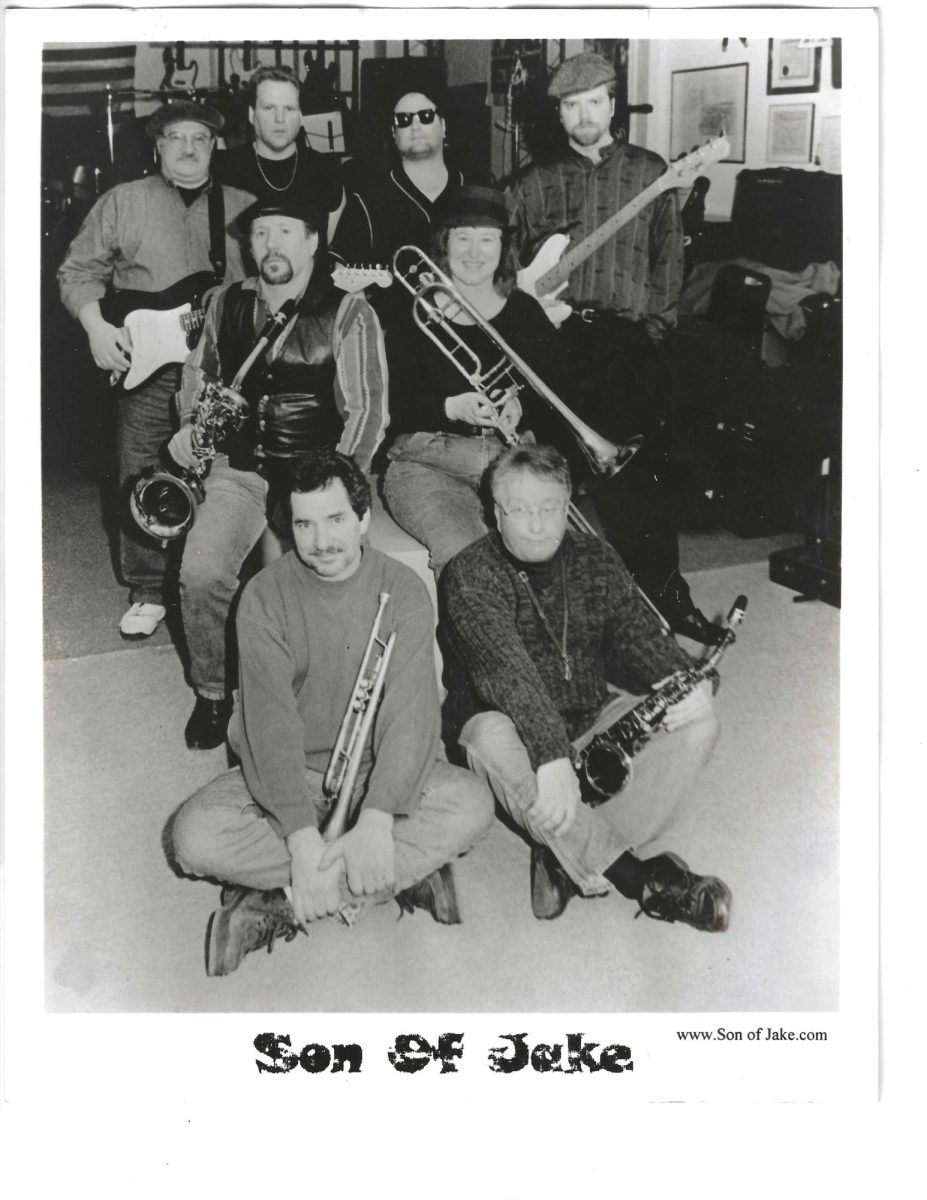

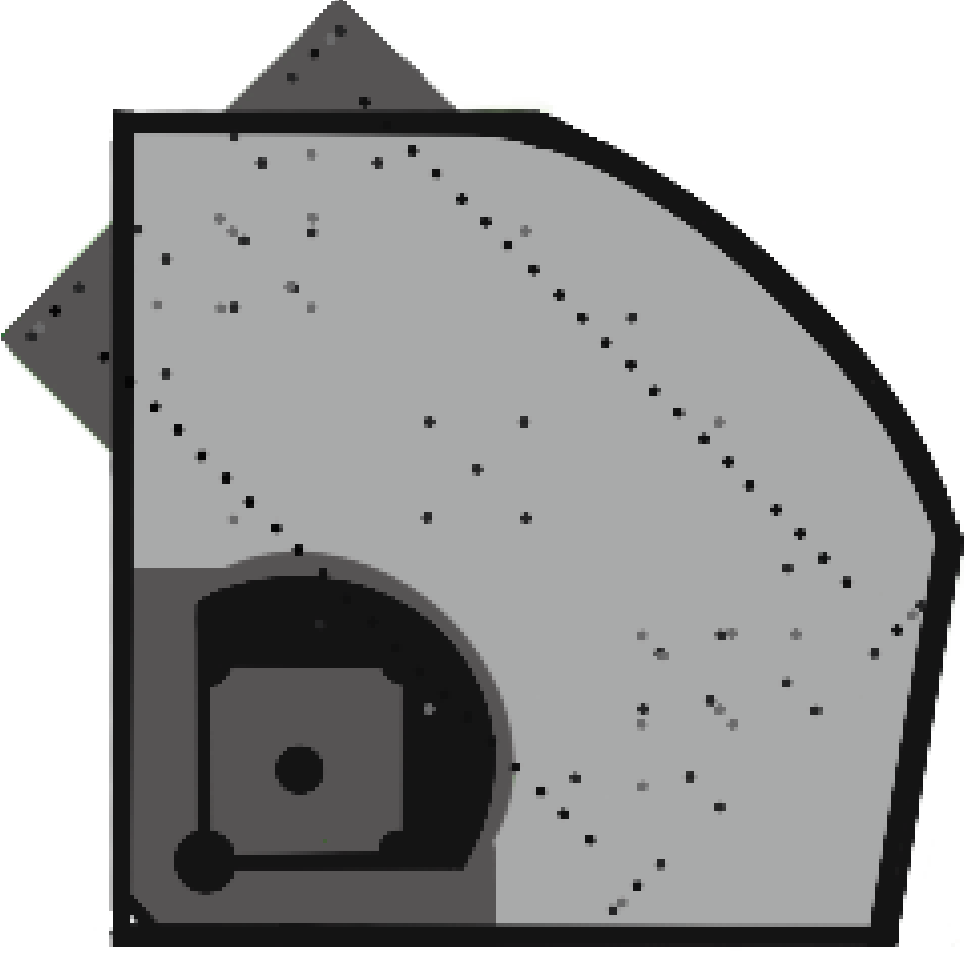
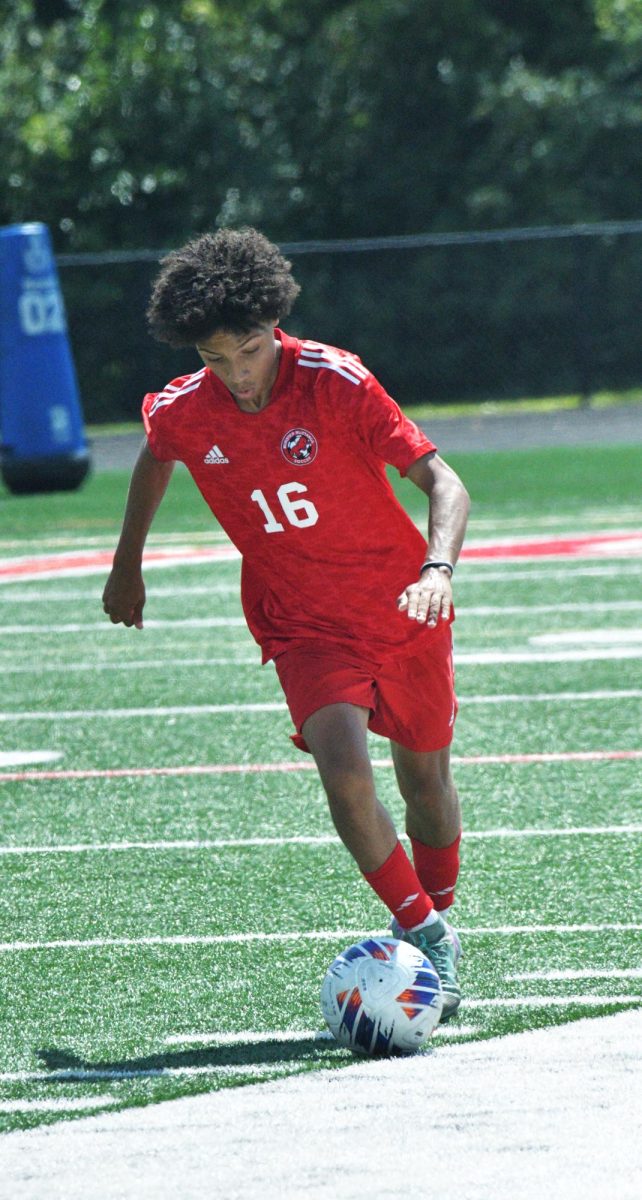
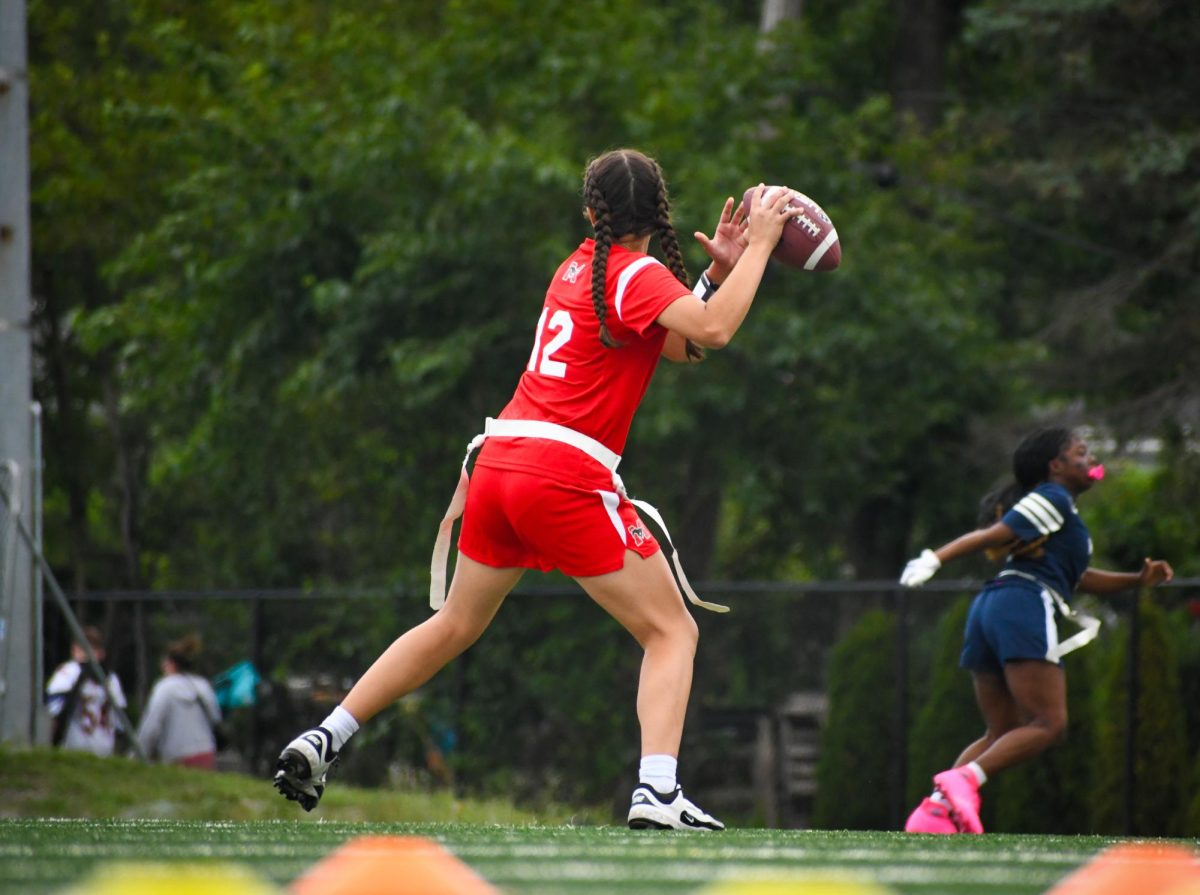
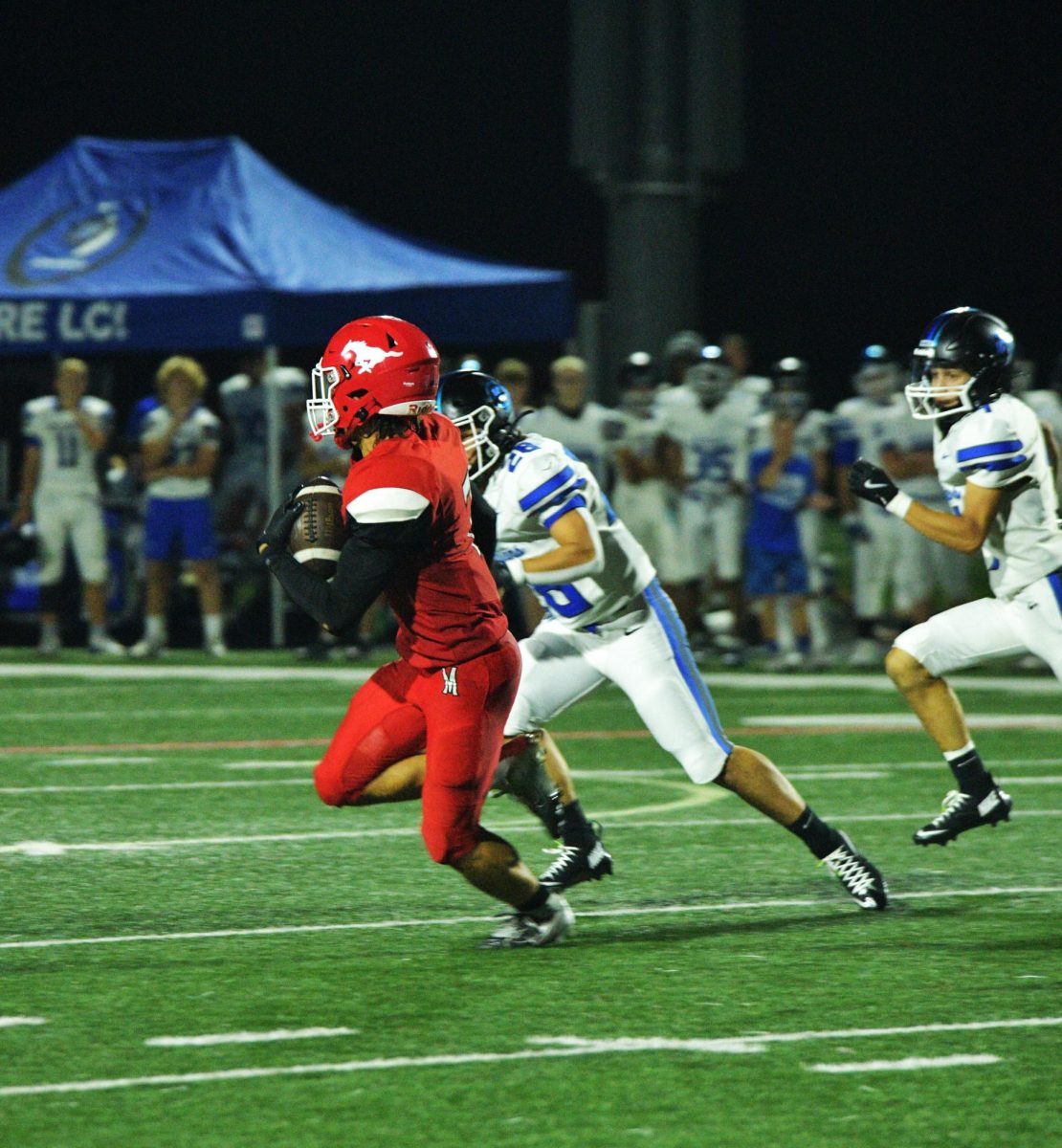


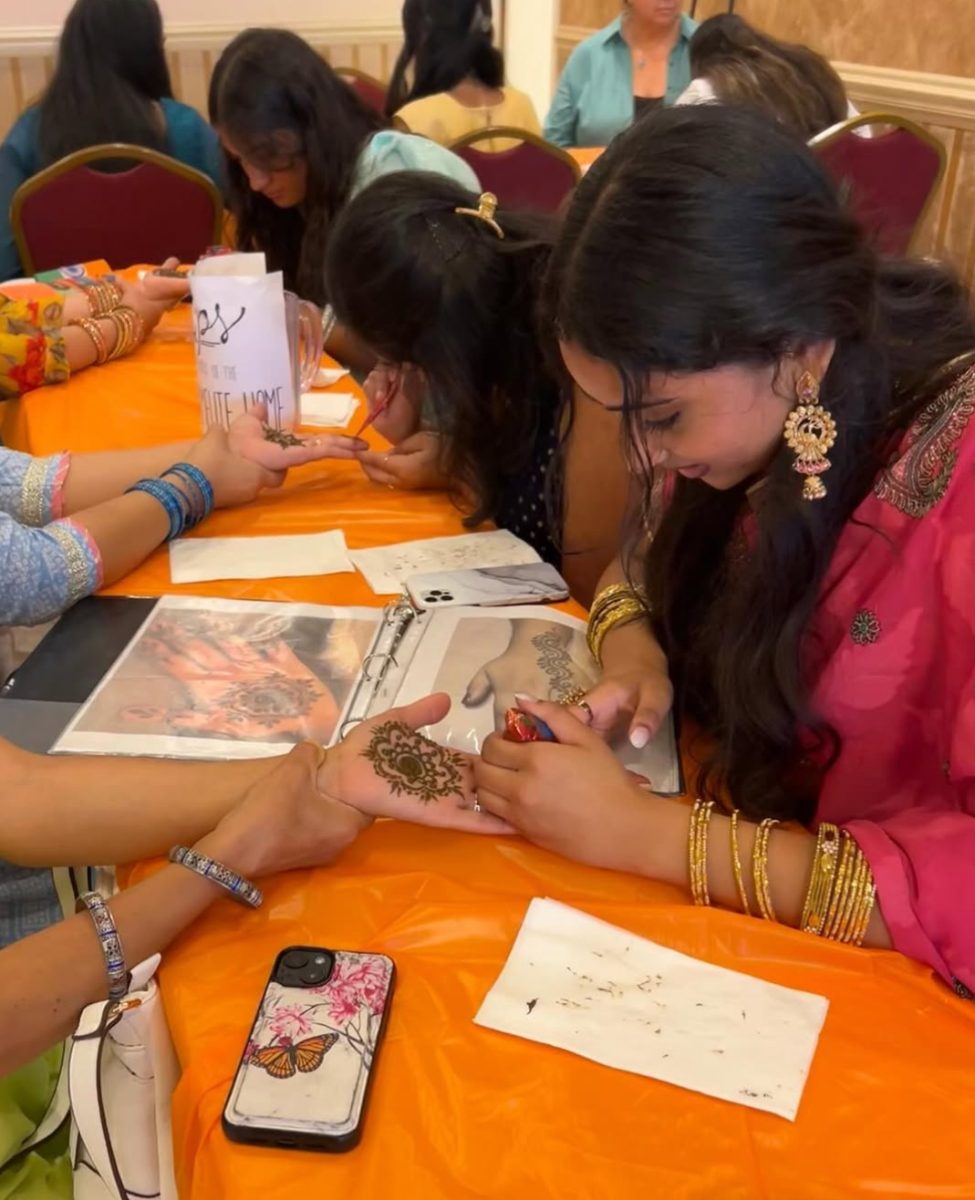
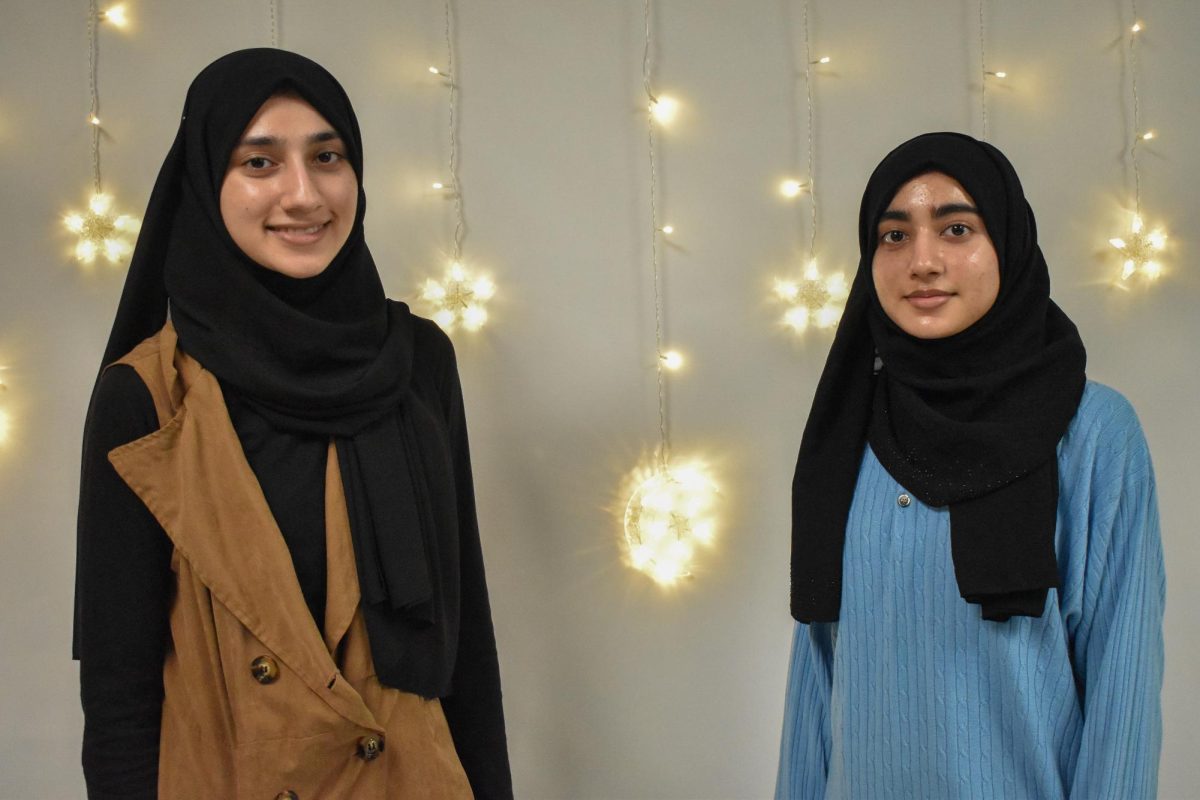
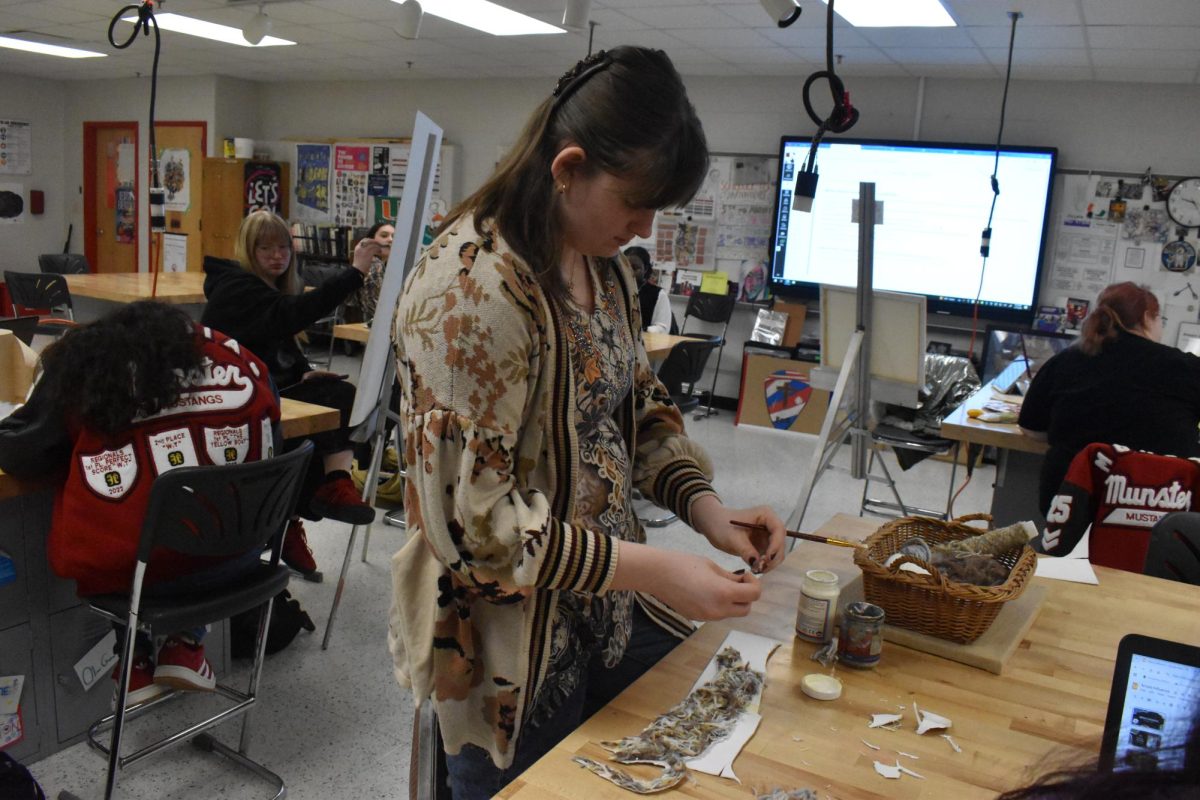
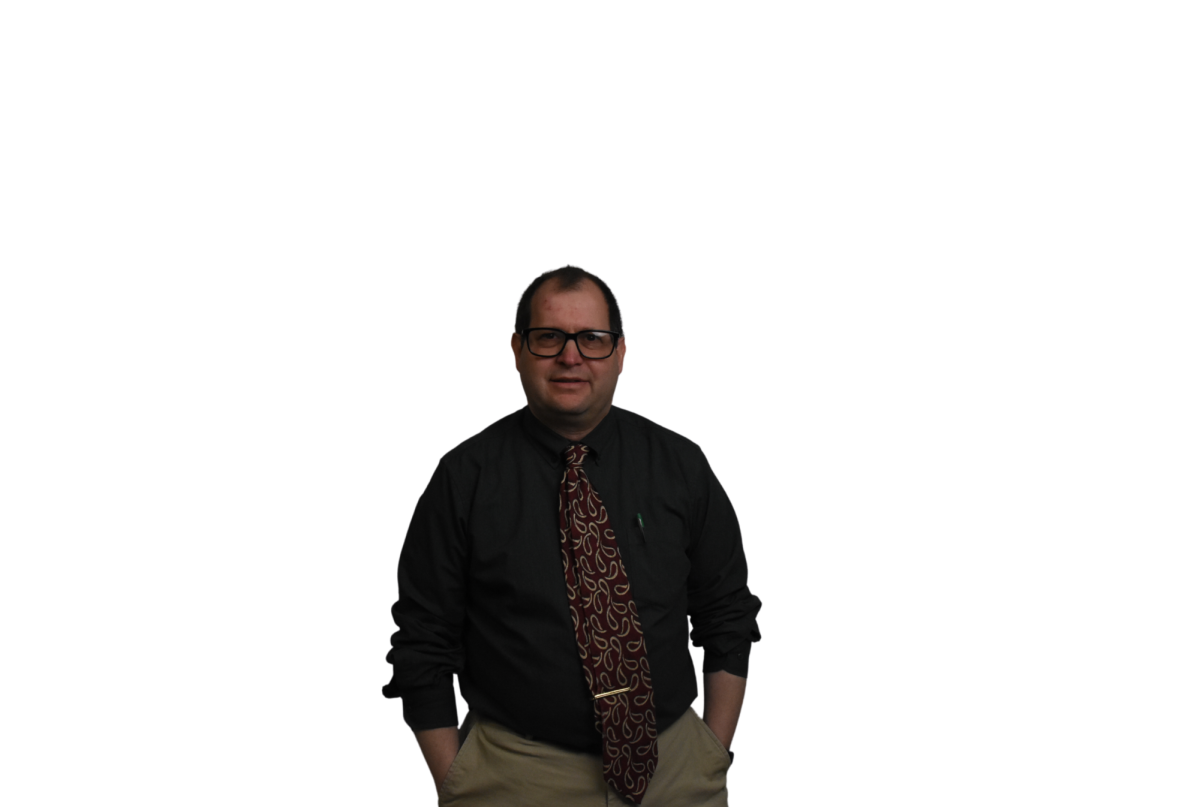
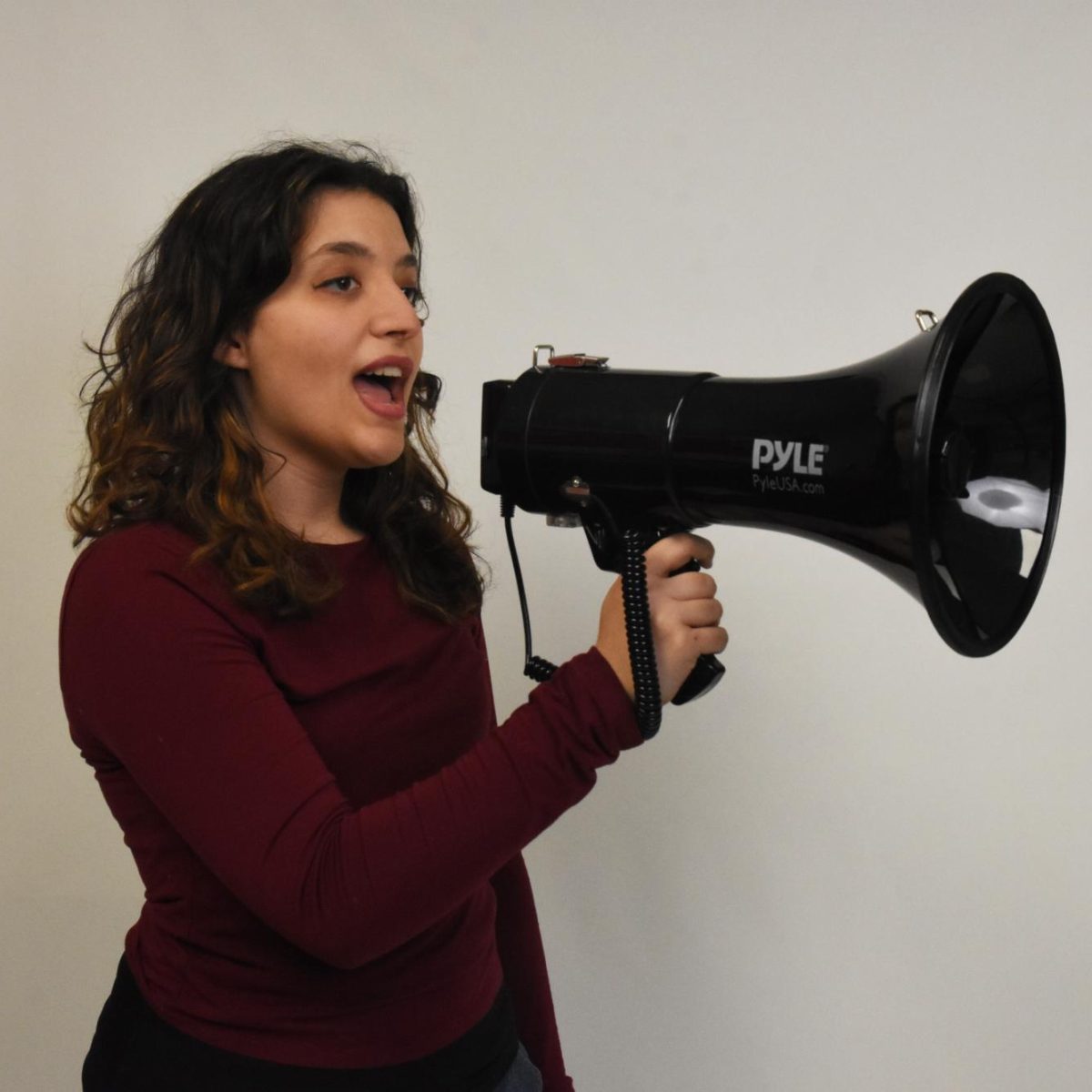
![SNAP HAPPY Recording on a GoPro for social media, senior Sam Mellon has recently started a weekly sports podcast. “[Senior] Brendan Feeney and I have been talking about doing a sports podcast forever. We love talking about sports and we just grabbed [senior] Will Hanas and went along with it,” Mellon said.](https://mhsnews.net/wp-content/uploads/2025/04/sam-892x1200.png)
